|
The skill builder is complete! Now, what? Upon completing skill builders, I have students reflect on their learning. There are various activities below that I use. Remember, these are just suggestions, and you can adapt them to suit the specific needs and preferences of your students. The goal is to ensure that they not only complete the skill builders but also actively engage with the material, reflect on their learning, and continue to build upon their newfound knowledge and skills. Design a Skill Builder (Part one) can be found here. Process Engage in peer sharing: Allow students time to share anything that they liked or disliked and what key information they learned. Encourage them to articulate what they found most valuable or interesting. Highlight vital information: Select a distinctive color to emphasize important information. You may consider the following questions while prompting students to highlight: What is your favorite technique? Which technique do you think you will use? Which was the messy material? Which material was easy to work with? Foster Inquisitiveness: Have students choose a different color and provide them with the following sentence starters: “What if…?” “I wonder..” and “I want to try..”. This will pique students' curiosity and invite them to try new ideas. Connect Relate to Prior Learning Experiences: Spend some time drawing connections between the newly acquired skills and prior knowledge in the classroom. Explore similarities with questions like “How is this like…?” “Does it remind you of…?” Explore differences with questions like “How is this different from…” Begin to develop art-making ideas: Students are expected to take their learning and apply it to a work of art. I ask this most crucial question: What techniques will best convey your message or purpose? This question tends to manifest best during sketching. I have students label what techniques they will be used in parts of their idea. Also, during the instruction of the skill builder, I emphasize “What do you think this technique would be best for?” “Does this technique inspire a certain idea that you might have?” What techniques will best convey your message or purpose?" Summarize Assessing Learning Standards: Evaluate your student's understanding and progress by developing an assessment that aligns with standards. The two criteria below are from the National Core Art Standards, Creating category: Anchor Standard 1: Generate and conceptualize artistic ideas and work. 2nd Grade VA:Cr1.2.2a Make art or design with various materials and tools to explore personal interests, questions, and curiosity. The 2nd-grade standard asks students to explore interests. Something as simple as reflection questions like: “What material or technique did you like the best?” could meet this standard but what is more crucial is how it is recorded. Because of the age of the students, consider documenting a class discussion and having students vote. They could also complete a short worksheet where they circle their answer and visual cues. 8th Grade VA:Cr1.1.8a Document the early stages of the creative process visually and/or verbally in traditional or new media. The 8th-grade standard wants students to document the early stages of the creative process. Developing an assessment of the creative process would be beneficial in demonstrating their learning. Ask students, “What do artists do in the first stages of the creative process?” A pre and post-assessment could best serve this instance. Evaluating and Displaying Data: Review and analyze the data from the assessments. Are there any trends? Any significant differences? Take students’ examples and assessment and create a display. This will feature the learning takes place in your creative space to share with the school community. It demonstrates how the students are directed through the creative process and taught to learn to technique to apply to their own ideas or challenge. Revisit Reluctant and stuck students: A skill builder can be a helpful tool for students that are stuck and uncertain about what to create. This method is very constructive with the added use of a list, mind map, or some type of idea-generation tool. Prompting students with questions that involve the skill builder and idea generation tool will provoke and inspire them. ‘What technique would you use to create this idea?” “Which idea is your favorite?” This should spark students’ interest and get them excited about creating. Synthesize new materials and ideas: To further enrich students’ learning experiences, I recommend exploring previous skills builders upon completing additional ones. Revisiting past skill builders provides a valuable opportunity to synthesize and merge ideas, fostering a deeper understanding. This technique is particularly beneficial in a TAB studio and choice-based classroom, as it allows students to explore diverse mixed media options, expanding their creative horizons. Revisiting past skill builders provides a valuable opportunity to synthesize and merge ideas, fostering a deeper understanding." In conclusion, the redesign of a skill builder goes beyond mere technique acquisition and incorporates the important aspect of teaching students how to utilize it as a tool for generating ideas and finding inspiration from various materials. Providing students this system of processing and analyzing information gives them a foundation in learning the creative and design process. It encourages them to think beyond the boundaries of predefined techniques and to approach their work with a fresh perspective. By enabling students to process and analyze information effectively, they gain the confidence and skills necessary to explore new possibilities and solve complex problems. The ultimate goal is to empower students to become independent makers and thinkers in their future endeavors. Providing students this system of processing and analyzing information gives them a foundation in learning the creative and design process."
0 Comments
In the world of education, finding unique and effective ways to engage students can be a challenge. Traditional teaching methods often need more room for creativity and self-expression. However, TASK parties, a concept introduced by artist Oliver Herring, offer a refreshing and dynamic approach to classroom engagement. In this blog post, we will explore what TASK parties are and discuss why implementing them in the creative space can benefit students and educators.
*If you are new to TASK parties, watch the YouTube video below. I also share this video with students after the first time they complete a TASK party. What is a TASK party? A TASK party is a collaborative and participatory art event where individuals come together to complete a series of creative tasks. Participants are encouraged to step out of their comfort zones, engage in spontaneous play, and explore their own unique creative potential. It is an inclusive and interactive experience that fosters connection, collaboration, and self-expression. Why begin with a TASK party? Starting the classroom experience with a TASK party sets the tone for a fun and engaging learning environment right from the beginning. It helps break the ice and creates a sense of community among students. By actively participating in creative tasks, students become more comfortable expressing themselves, fostering a positive and inclusive classroom culture.
How to get started?
To introduce TASK parties into the classroom, it is essential to set up a structured framework. This includes writing appropriate TASK prompts that align with the students' developmental level, launching the activity with clear expectations, and above all, ensuring that it is a fun and enjoyable experience for everyone involved. There is often a common misconception about wasted materials and mess. Remember that the teacher can control what materials are being used. The best materials are newsprint and recycled paper, cardboard, tape, glue, crayons, pencil, sharpie, scissors, and blocks. It can be helpful to add in a TASK to clean up the scissors or stack all the papers to help keep the room from getting too messy!
Utilizing TASK Parties with a Blended Approach
Incorporating TASK parties into the curriculum provides an innovative and blended approach to learning. By integrating art and creativity, these parties offer a refreshing alternative to traditional teaching methods, fostering student engagement and enthusiasm. Below are different ideas on how to incorporate a TASK party:
Download a FREE Google Slides copy of Primary TASK cards.
Integrating TASK parties into the classroom offers a transformative and engaging approach to education. By prioritizing creativity, collaboration, and self-expression, these parties not only foster a positive classroom culture but also develop essential skills for students' future success. So, why not embark on this innovative journey and make learning a joyful and enriching experience for all? Let the fun begin!
|
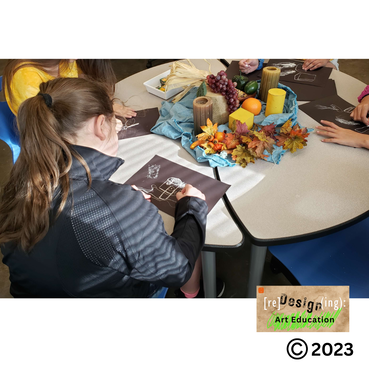


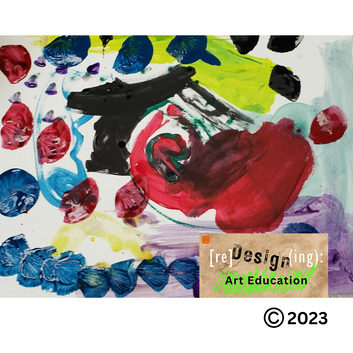
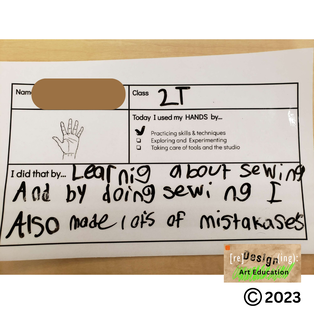
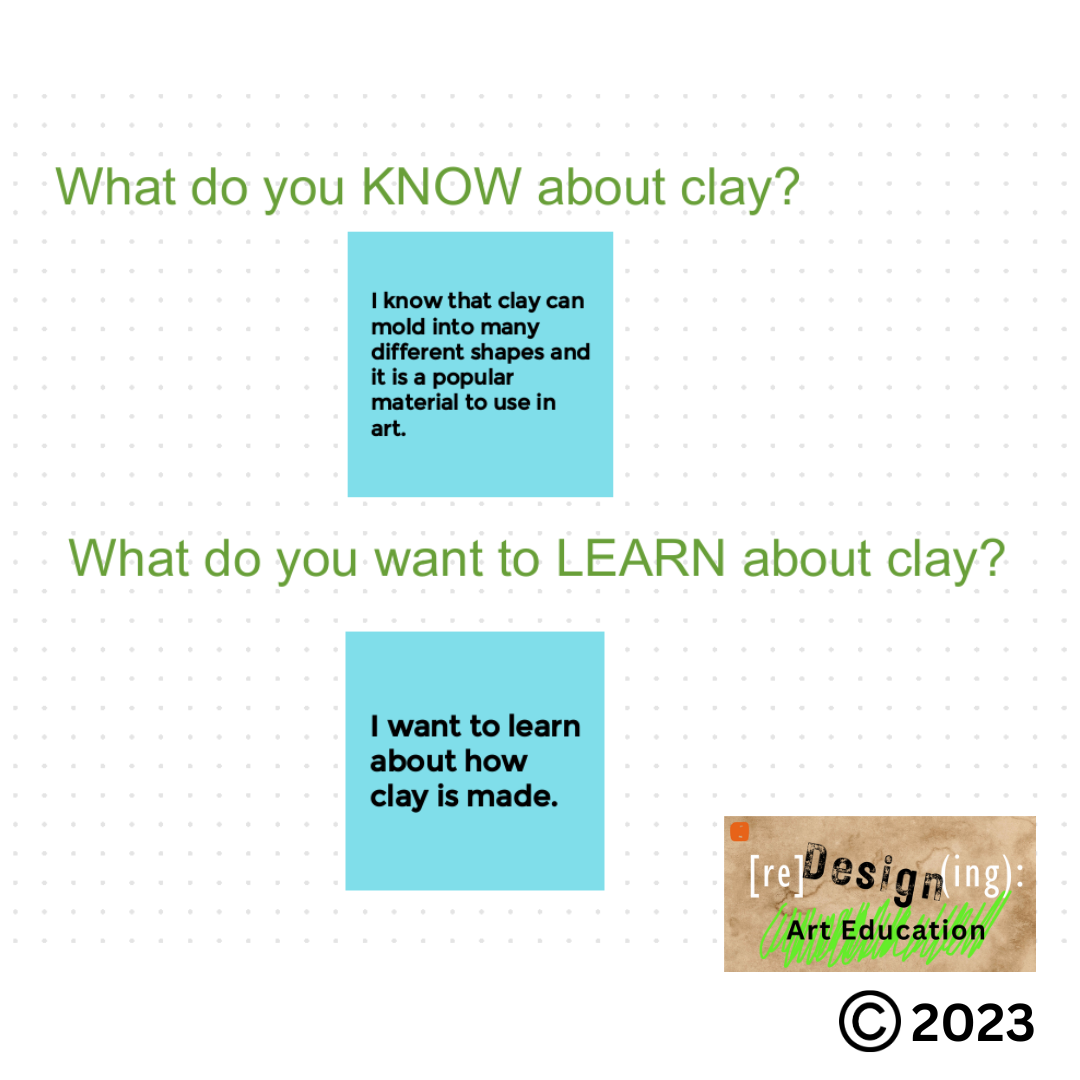
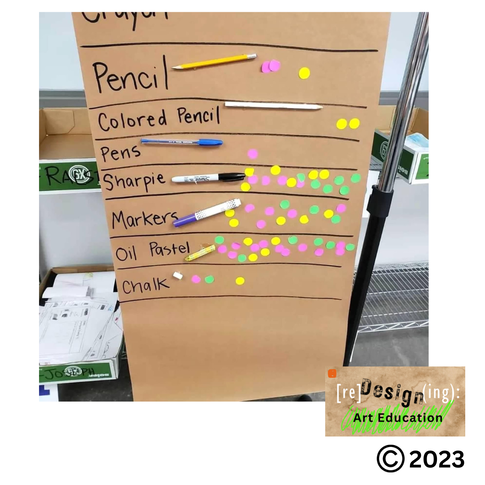
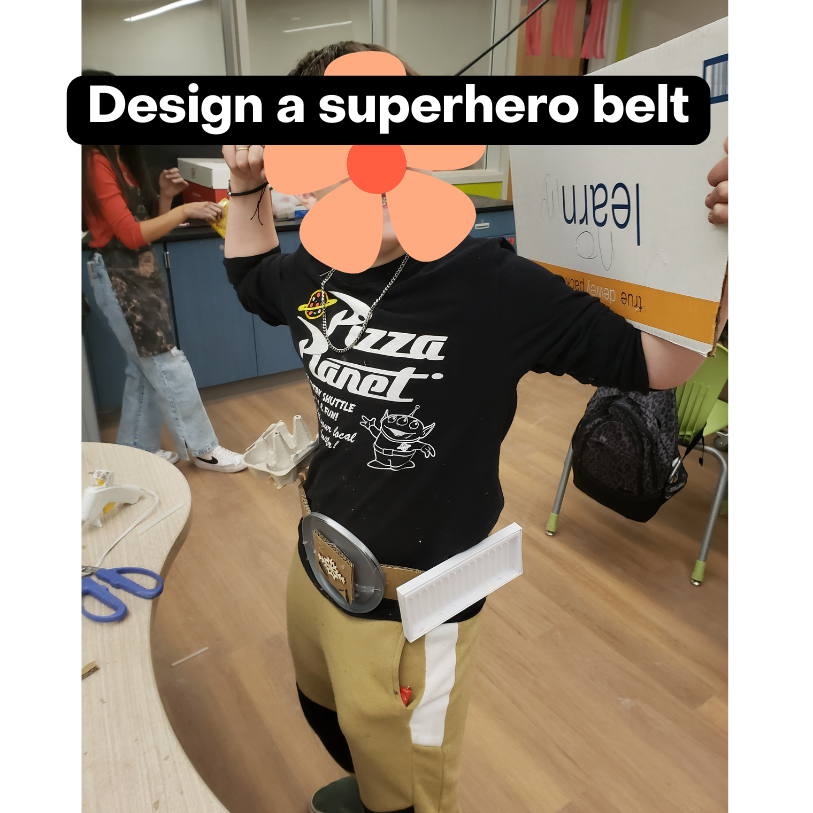

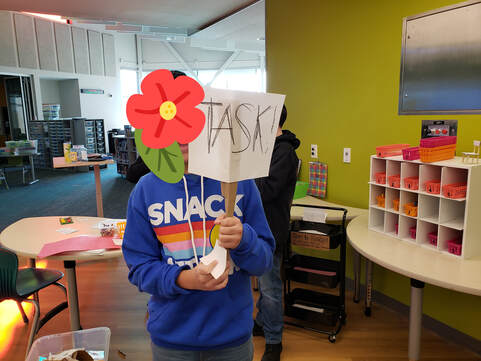
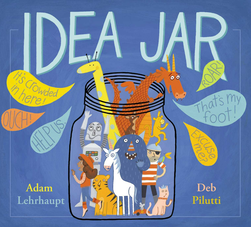
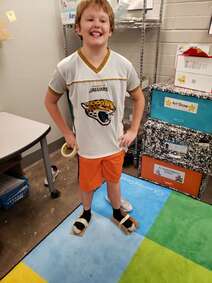
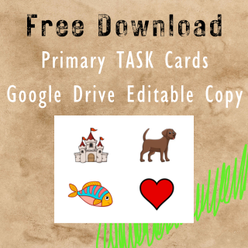
 RSS Feed
RSS Feed